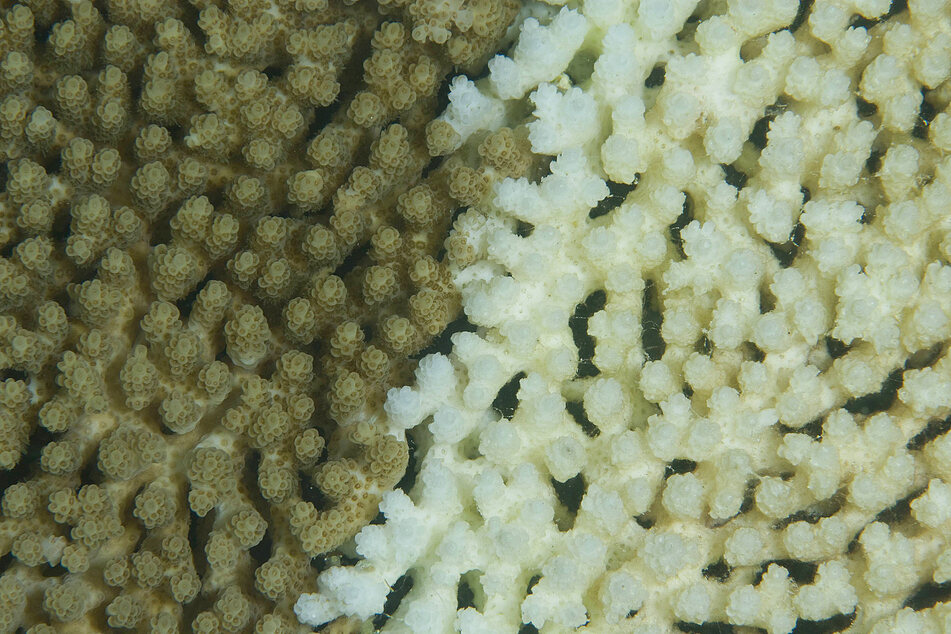Great Barrier Reef suffers more damage despite cool weather conditions
Great Barrier Reef, Australia - Another coral bleaching event hit a wide swath of the Great Barrier Reef, with climate change clearly to blame.

Almost all individual reefs along nearly 1500 miles of Australia's Great Barrier Reef are feeling the effects of warming ocean temperatures, in what is seen as a sixth mass coral bleaching event, according to the Guardian.
The bleaching hit coral in waters that are already at the infamous 1.5-degrees Celsius above pre-industrial temperatures mark.
This temperature, which climate experts agree is where warming should be halted, has led to the process of coral bleaching, which is when corals kicking out the algae they share a symbiotic relationship with.
The algae provide corals with their brilliant colors, but also with food, so coral bleaching leaves corals weakened and more likely to get sick or even die out.
The damaged coral were found during a survey by the Australian Institute of Marine Science (AIMS), and the Great Barrier Reef Marine Park Authority (GBRMPA), which did aerial sweeps of 750 reefs.
AIMS researcher Dr. Neal Cantin said that while surveying over 1,100 miles of reefs, he "did not fly over a reef and score it as 'no bleaching.'"
The fact that this is happening during La Niña, a wet and cool weather pattern, is particularly concerning
Even though there was bleaching in up to 60% of corals along the surveyed reefs, the hope is that reefs affected by warming waters can still make a comeback if warming is reversed.
That hinges upon fast climate action and a massive reduction in greenhouse gas emissions, which climate experts say is still an option if change happens this decade.
Marine biologists are already worried about the next bleaching event, which will likely be far worse if it happens during a warmer El Niño year.
Cover photo: IMAGO / Nature Picture Library
